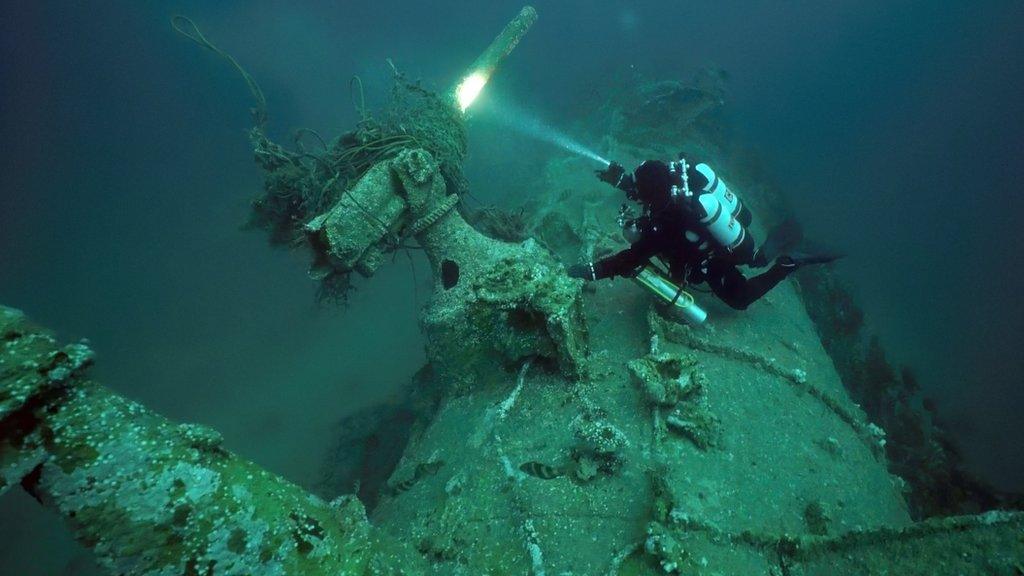Diary and letters help find sunk WW1 U-boat
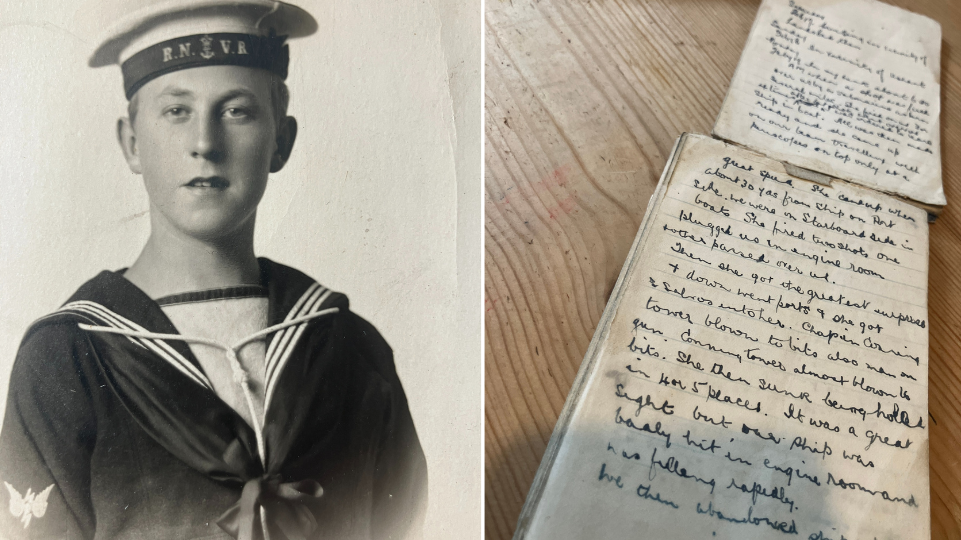
James Simpson died in action in 1918
- Published
A diary handed down through three generations has helped find the wreck of a German U-boat sunk by a secret Royal Navy Q-ship in 1917.
Henrietta Sandford, from Helston, shared diaries and letters, written by her great-uncle James Simpson while he was stationed on the vessel the Lady Olive, with a team of divers searching for the wreck of the UC-18.
Karl Taylor, an underwater filmmaker who made a documentary of the discovery, said there had been doubts about whether the U-boat had been sunk, but Mr Simpson's diaries had helped the team to establish it had and to pinpoint where it rested.
It was the only known battle where a navy ship and a submarine had sunk each other, Mr Taylor said.
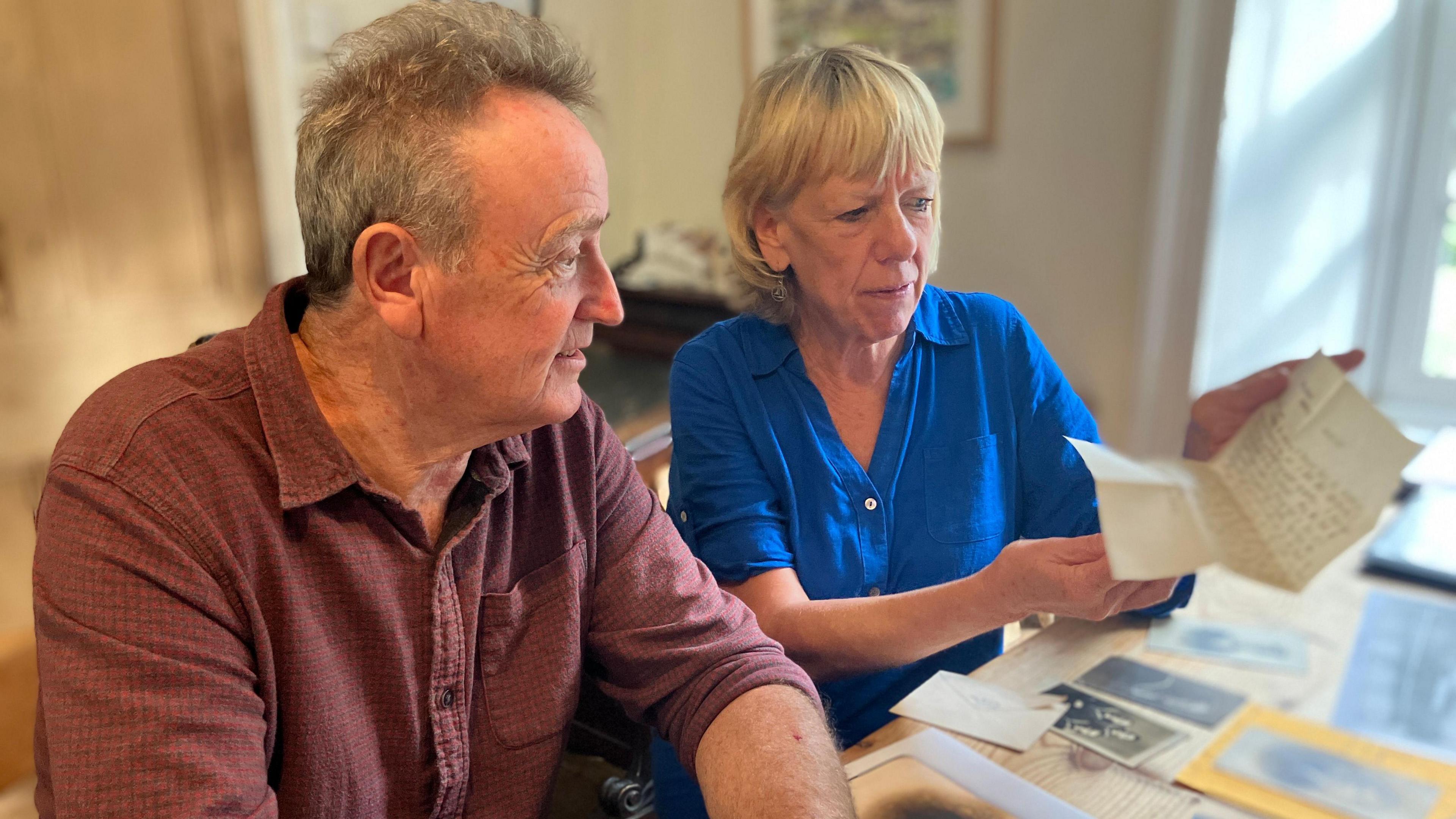
Mrs Sandford said future generations would be able to watch the documentary even if the letters and diaries had disintegrated with age
On the morning of 19 February 1917, German submarine UC-18 opened fire on the Q-Ship the Lady Olive.
Q-ships were heavily armed decoy vessels used by the Royal Navy, made to appear like harmless merchant or fishing vessels. They were used to entice U-boats to the sea's surface and then attack them.
As the U-boat drew near to assess the damage it had inflicted, the Lady Olive counter-attacked.
Mike Sandford, Mrs Sandford's husband and a historian, explained neither ship had ever been found so there remained a mystery around the incident.
The British crew would get a prize for sinking a submarine, so there was "a motive to make this up", he said.
James Simpson's diary helped locate a German U-boat sunk by a Royal Navy Q-ship
Mr Taylor said some historians had questioned whether, in fact, the German submarine had escaped with light damage - but Mr Simpson's diaries indicated otherwise.
He said: "James's version of events and the way he wrote about it indicated that the crew were telling the truth."
However, there was still no information about exactly where the battle had taken place.
Here, Mr Taylor said, the diaries had helped by allowing the dive team to rule out areas because they did not reference significant markers such as land masses and lighthouses.
"The fact those things hadn't been mentioned in the diaries or the days leading up to them gave me some clues to maybe where they weren't located at the time of the battle," he explained.
'Really brave'
After a four-year search, divers from Guernsey discovered the UC-18 at a depth of more than 70m (230ft), about 80km (50 miles) off the coast of Jersey in March.
Mrs Sandford said the diaries and letters between her great uncle and his family held a personal meaning to her.
She said: "When you've got letters home which say 'practise your piano' and 'your handwriting's got to get better because you're obviously a good boy, James', it makes you realise they're a real family talking.
"One really sweet letter said 'you were really brave not to cry when I last left' and 'save me some Christmas pudding' - it's that element that sticks with me."
The submarine sank with all 28 of its crew but every member of the crew on the Lady Olive was saved.
James Simpson died in action in 1918.
The Hunt for Lady Olive and the German Submarine is due to air on Wednesday on BBC Four at 21:00 BST.
Follow BBC Guernsey on X (formerly Twitter), external and Facebook, external. Send your story ideas to channel.islands@bbc.co.uk, external. Follow BBC Cornwall on X (formerly Twitter), external, Facebook, external and Instagram, external. Send your story ideas to spotlight@bbc.co.uk, external.
Related topics
- Published30 September 2024
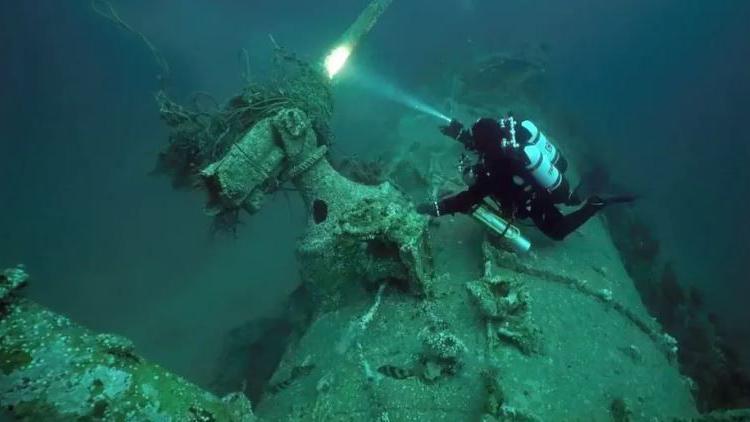
- Published29 September 2024
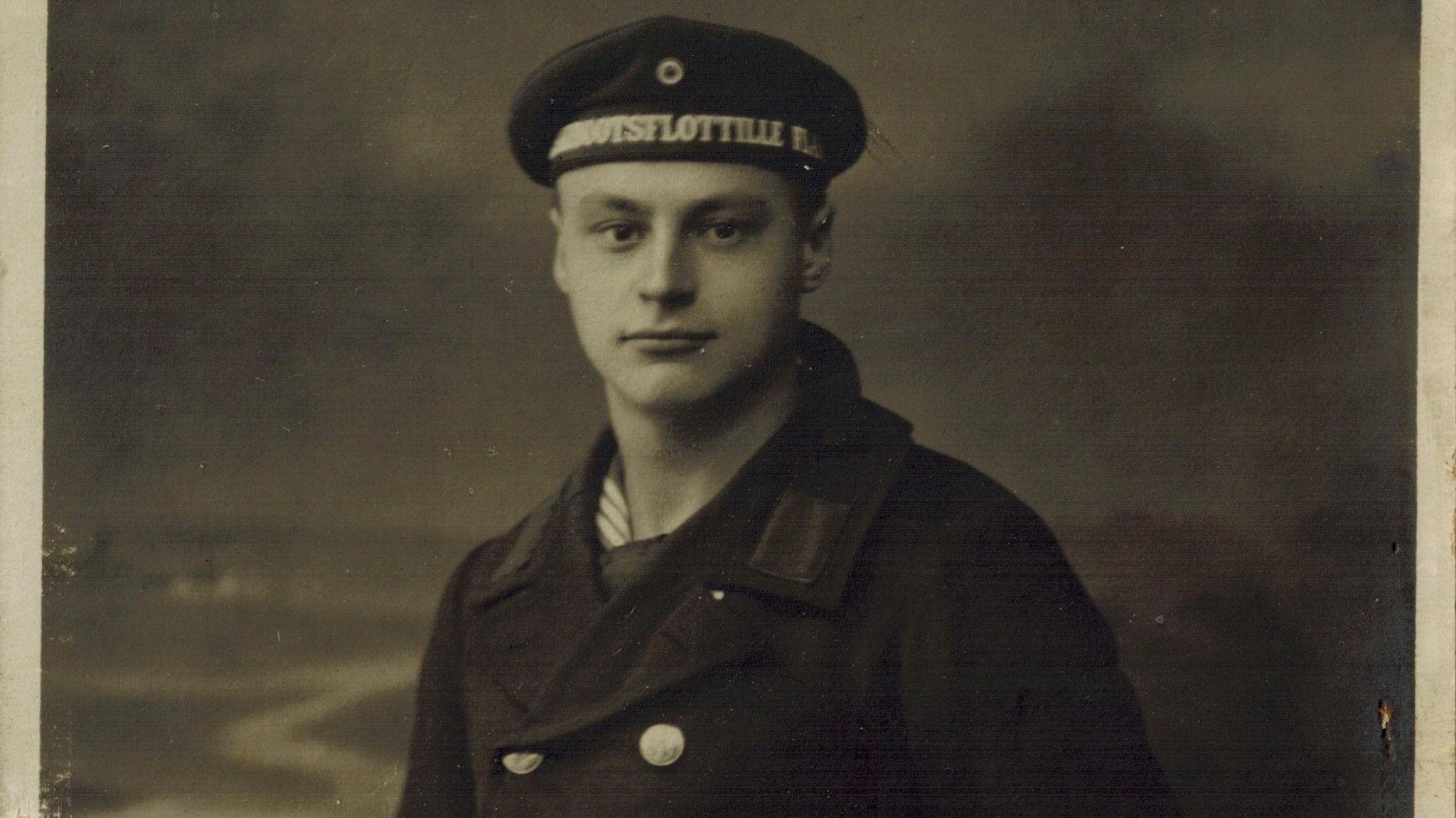
- Published27 September 2024
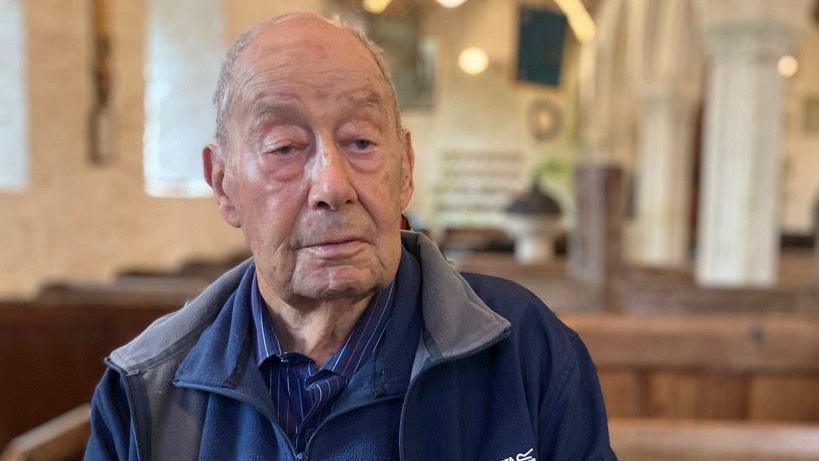
- Published20 March 2024
